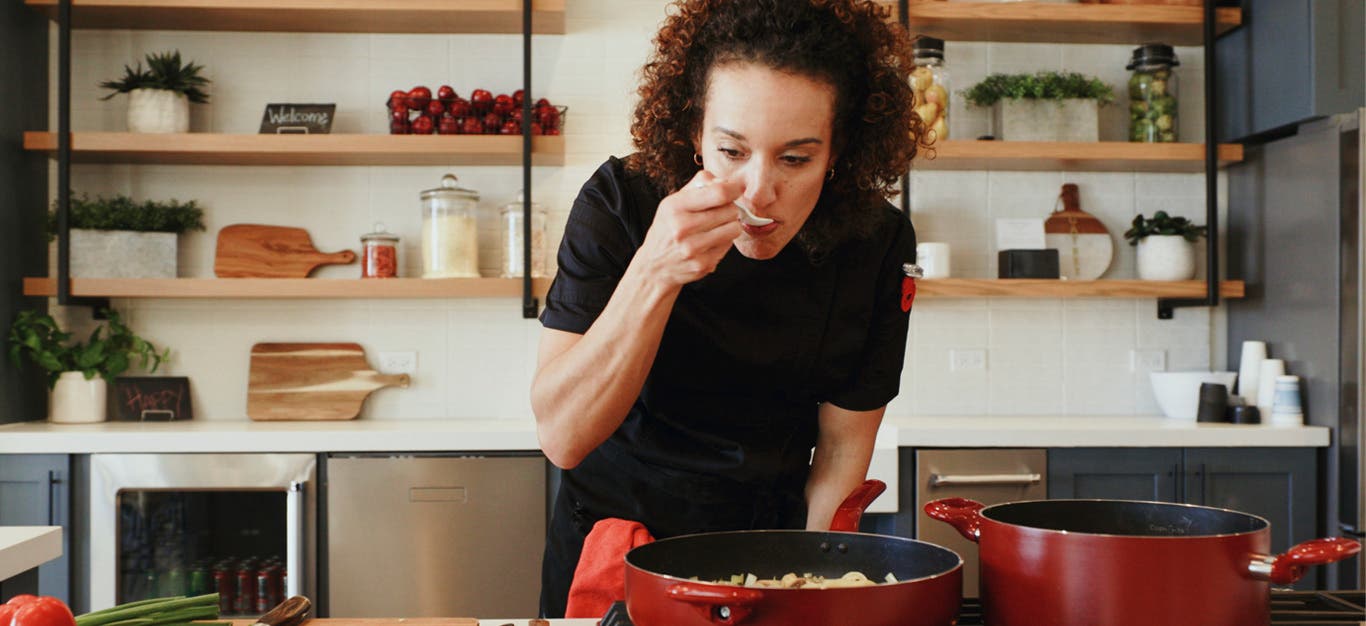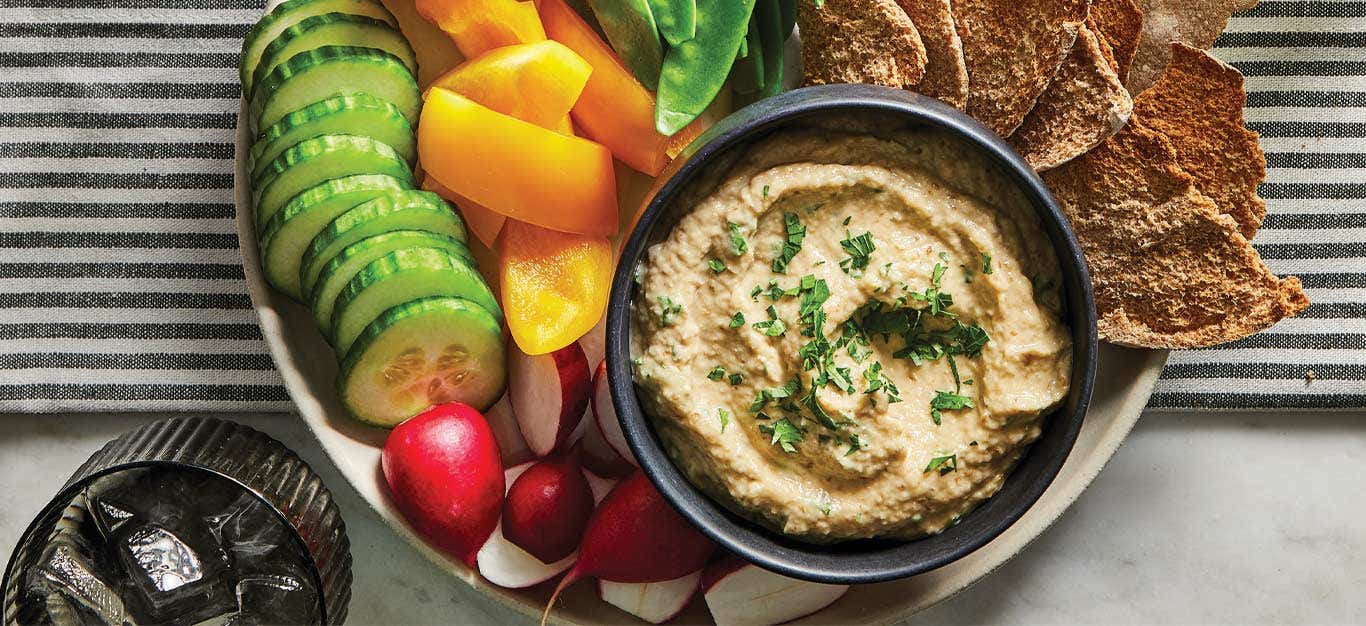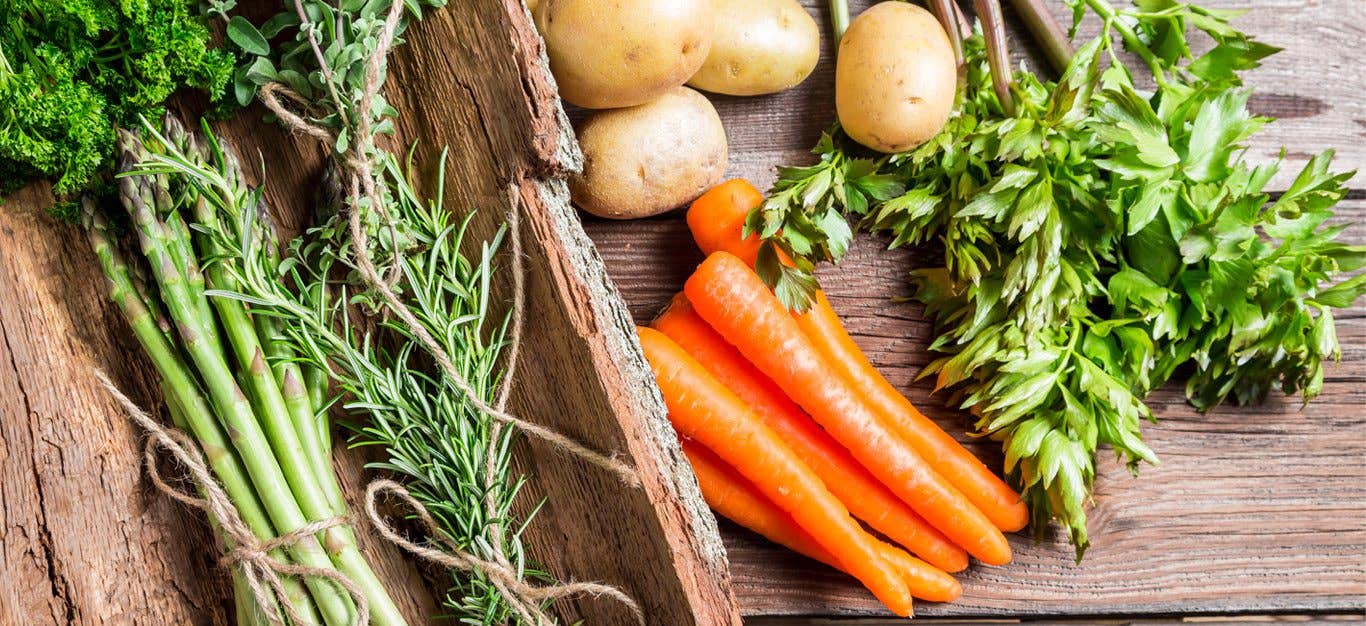When you think of sun-dried tomatoes as more than just a specialty ingredient, there’s no end to the ways you can use them in the kitchen. Here’s everything you need to know about the delicious dried goods, including how they’re made, how to rehydrate them, and how to maximize the power of their umami-rich, flavor-boosting properties in your favorite recipes.
What Are Sun-Dried Tomatoes?
Sun-dried tomatoes are exactly what they sound like: tomatoes that have been dried in the sun or dehydrated in sun-like heat to preserve them. As they dry, the tomatoes darken and shrivel into flat, wrinkled rounds with a pliable texture similar to dried fruit.
But unlike dried fruit, sun-dried tomatoes are not meant to be eaten plain. The texture is a little too chewy, a little too bland, even though the drying process concentrates the tomatoes’ natural umami qualities. Once they are rehydrated and/or marinated, their rich, complex flavors are released and their firm flesh plumps up and becomes a little more tender, revealing their true potential.
Shopping Tips
Although you’ll commonly find oil-packed sun-dried tomatoes at the store, Forks Over Knives recommends opting for dry-packed varieties, to avoid adding unnecessary fat to your dishes. Pouches of dry-packed sun-dried tomatoes can be found alongside dried fruits, on displays in the produce section, and in bulk bins at supermarkets. They are sometimes stocked beside jars of oil-packed sun-dried tomatoes in the canned goods or pasta aisles, as well.
Check for freshness: Give pouches a quick twist and shake to make sure the tomatoes inside still feel pliable. If buying from a bulk bin, use the tongs to bend a tomato to make sure it isn’t too hard or dry.
Sulfites: If you are sensitive to sulfites, a preservative sometimes used to preserve tomatoes' color, check the label to make sure the brand is sulfite-free.
How Are They Tomatoes Made?
Drying tomatoes in the hot summer sun has been a food preservation technique since ancient times. Native Americans sun-dried tomatoes along with berries and corn.
After tomatoes made their way to Europe and became a staple in Italy, Italians would dry tomatoes on the tile roofs of their homes. Nowadays, most sun-dried tomatoes are made in facilities that start the drying process in a dehydrator and finish it on large wood trays in the sun. (You can see the process here in a video from The Produce Nerd.)
Some producers dry the tomatoes by dehydrator alone and/or treat the tomatoes with sulfites such as sulfur dioxide to keep them a bright, vibrant red and improve storage life. In addition to triggering sensitivities for some people, these processes can also impact the flavor and texture of the tomatoes. Not to worry, though: If the sun-dried tomatoes you buy seem a little blah, just try another brand until you find one you like.
How to Rehydrate Sun-Dried Tomatoes
If you’re using sun-dried tomatoes in a brothy dish like a soup, stew, or pasta sauce, you may not need to rehydrate sun–dried tomatoes; the hot liquid in the recipe should do the trick. But for other uses, rehydrating is the secret to unlocking the tangy-sweet, ultra-tomato-ey wonderfulness of sun-dried tomatoes. And rehydrating them right is the secret to transforming them from thin, chewy disks into plump, tender morsels. Here’s how to do it in the microwave or on the stove.
In the Microwave
1. Place the sun-dried tomatoes in a microwave-safe bowl. Add twice the amount of water or low-sodium vegetable broth (for example, use 2 cups liquid for 1 cup tomatoes). Cover and microwave on high power for 2 minutes.
2. Leave to plump in the water for five minutes, then drain and pat dry.
On the Stove
1. Place the sun-dried tomatoes in a small saucepan. Add twice as much water or low-sodium vegetable broth (for example, use 2 cups liquid for 1 cup tomatoes).
2. Turn on heat and bring just to a simmer, then remove from the heat and let them plump for five minutes. Drain and pat dry.
Storage
Store unopened packages of dry-pack sun-dried tomatoes in a cool, dark, dry place. After opening, check the product label for storage instructions. Some brands recommend refrigerating after opening; others don’t. If you see no mention of refrigeration, keep sun-dried tomatoes in their packaging or transfer to a tight-sealing container, and store in a cool, dark, dry place.
Can You Make Sun-Dried Tomatoes at Home?
Unless you live in a climate with hot summers, low humidity, and few tomato-loving insects, your best bet for sun-drying tomatoes at home is in the kitchen. Here’s how to make your own in the oven, food dehydrator, or air fryer.
1. Wash and halve ripe, peak-season tomatoes lengthwise, then squeeze out most of the juice and seeds from the centers. (You can add the juice to other recipes, or just to drink it!)
2. Place the tomatoes, cut sides up, on a parchment-lined baking sheet, on dehydrator trays, or in an air-fryer basket.
3. Sprinkle the tomatoes with a little sea salt. (This step is optional, but the salt helps draw the moisture from the tomatoes so they dry more evenly.)
4. Set the oven or air fryer to 240˚F; if using a dehydrator, set the thermostat to 160˚F. Leave the tomatoes to dry in the oven for 4 to 6 hours, in the air fryer for 60 to 90 minutes, or in the dehydrator for 8 to 10 hours, until they are dry and firm but still pliable. The tomatoes may take more time if they are especially large or juicy.
5. Allow the tomatoes to cool, then gently loosen them from the pan or tray and transfer them to an airtight container. Store in the fridge for several weeks or in the freezer for several months. (Because moisture levels can vary when drying tomatoes at home, it’s best to refrigerate or freeze them to avoid molding and spoilage.)
Flavor-Boosting Ways to Use Sun-Dried Tomatoes
Got a salad dressing that tastes so-so? A dip that’s a tiny bit drab? A soup or stew that needs an extra something? Or maybe you just want to jazz up a throw-together weeknight meal so it tastes a little special. Sun-dried tomatoes to the rescue! Here’s how to use the little flavor bombs to enhance a wide variety of savory recipes.
Sauces: Blend 1 or 2 rehydrated sun-dried tomatoes into a sauce or salad dressing to round out flavors.
Dips and spreads: Stir 1 to 2 Tbsp. (or more) finely chopped rehydrated sun-dried tomatoes into a dip or spread for added texture. Or blend them in with the other ingredients for heightened flavor.
Soups and stews: Simmer ¼ to ½ cup diced dry-pack sun-dried tomatoes with the other ingredients in a soup or stew for a tender, chewy element that brightens up the whole recipe.
Freestyle umami add-ins: Toss pasta, veggies, beans, grains, and salad greens with ¼ cup diced or julienned rehydrated sun-dried tomatoes for a tangy-sweet counterpoint. Add them to casserole bases, as well, or just sprinkle them over the top like a garnish.
Recipes That Showcase Sun-Dried Tomatoes
Put all the sweet, sun-drenched flavor of sun-dried tomatoes front and center on your table with these top-rated recipes.
- Pesto and Veggie Panini
- Tuscan Panzanella with Sun-Dried Tomato Vinaigrette
- Creamy Brussels Sprouts With Sun-Dried Tomatoes
- Greek Salad with Sun-Dried Tomato Tofu Feta
- 10-Minute Sage and Mushroom Tartine
- Panko Broccoli with Sun-Dried Tomatoes
- Creamy Chickpea Pasta Primavera
- Sun-Dried Tomato and Chickpea Veggie Sliders
- Sun-Dried Tomato and Caramelized-Onion Focaccia
- Rustic Bread Bowl with Sun-Dried Tomato and Asparagus Dip
- Lentil Minestrone

Related News
Get Our Best Price On The Forks Meal Planner

Forks Meal Planner takes the guess work out of making nutritious meals the whole family will enjoy.
SAVE $200 ON OUR ULTIMATE COURSE

Join our best-selling course at a new lower price!



